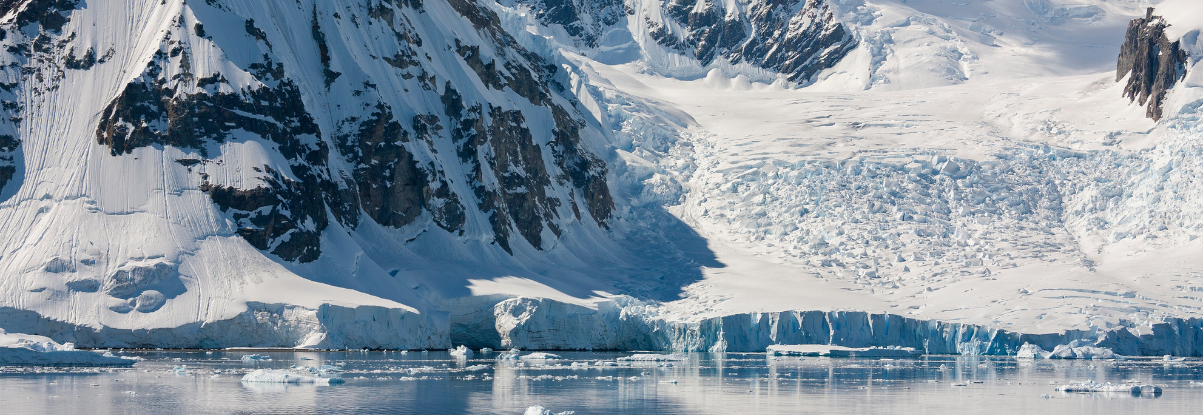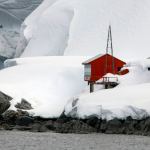The Deep Freeze: Deciphering Antarctica’s Extreme Cold
In a realm where temperatures can plummet to extremes unknown elsewhere on Earth, Antarctica holds the title for the planet’s coldest place. While the interior’s icy plateau can reach life-threatening lows, the coastal areas, especially during the austral summer, can surprise visitors with relatively milder weather.
The Heart of Cold: Antarctica’s Climate The Antarctic interior is notorious for its frigid climate, with average temperatures hovering around -60 °C in the winter and slightly warmer in the summer. The continent’s position at the pole ensures that it receives less direct sunlight, contributing to its bone-chilling temperatures.
Why So Cold? A combination of factors culminates in Antarctica’s signature chill: its polar location, high elevation, and the vast expanse of reflective ice that sends sunlight back into the atmosphere. The cold is further cemented by the continent’s dryness and the isolation enforced by ocean currents and winds that cut it off from warmer global weather patterns.
Antarctica vs. The Arctic While both poles endure long, dark winters, Antarctica’s landmass, covered by a thick ice sheet, is colder than the Arctic’s ocean-dominated expanse. Ocean currents and the absence of a similar ice sheet mean the Arctic experiences more temperate conditions.
Coastal Climes Antarctica’s coast and the Antarctic Peninsula tell a different climatic story, with summer temperatures occasionally creeping above freezing. This is where most tourists experience the continent, during the relatively ‘warm’ summer months.
Record-Breaking Cold Deep within the ice plateaus, temperatures have been recorded that defy imagination, with Vostok Station hitting -89.2 °C in 1983. Satellite data even suggests pockets that could dip below -98 °C. These numbers represent the absolute edge of Earth’s natural climate extremes.
Climate Change on the Ice Amid these extremes, Antarctica is a crucial focus in the study of climate change, with its massive ice sheet playing a significant role in global sea levels. Trends show a complex pattern, with parts of the continent warming while others cool, underlining the intricate dance between this continent and the world’s climate systems.
Conclusion From the high, windswept plateaus to the more forgiving coasts, Antarctica offers a variety of climates, but it’s the cold that defines and shapes life here. It is a continent that not only records our planet’s lowest temperatures but also embodies the wild extremes of our natural world.



